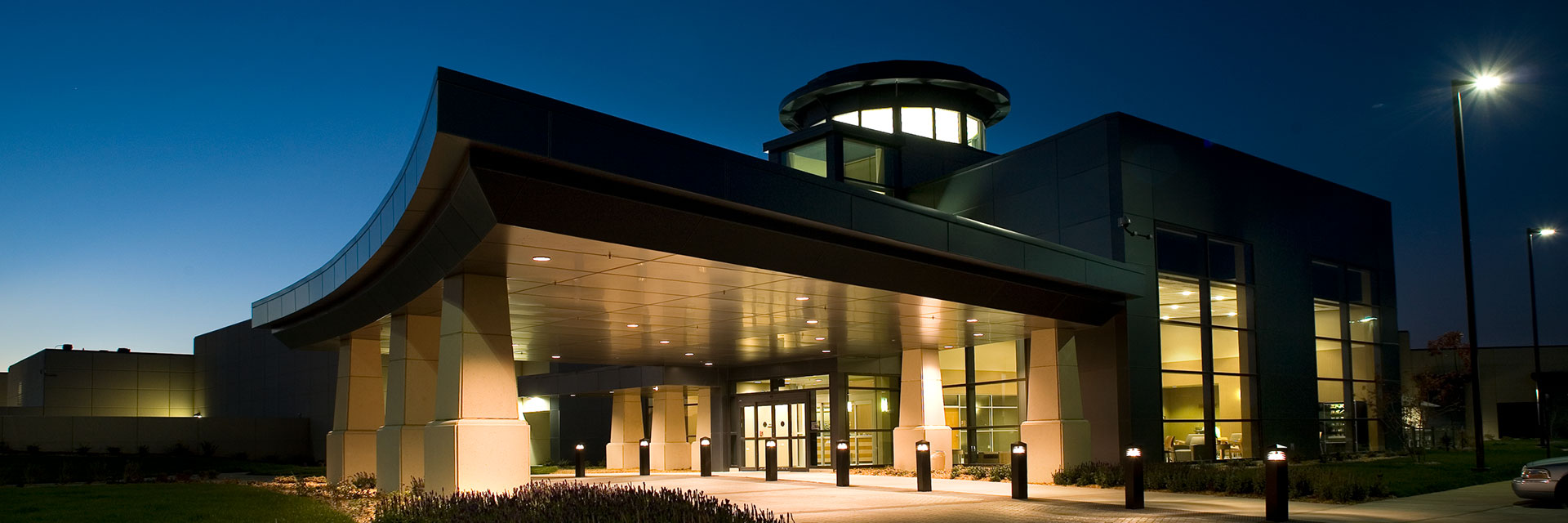04 Mar 5 Fast Facts in Honor of Brain Injury Awareness Month 2022
It’s March, and that means it’s Brain Injury Awareness Month. The Brain Injury Association of America (BIAA) has the designated theme and hashtag #MoreThanMyBrainInjury to recognize the 5.3 million-plus adults and children in the U.S. living with some sort of permanent brain injury-related disability. Many of these injuries are a result of stroke, infectious disease and brain tumors. But these numbers also include mild traumatic brain injuries (TBIs), or what we call concussions.
Most of us never imagine that our lives could be impacted by a brain injury, but the BIAA reports that at least 3.6 million people sustain brain injury each year in the United States. We should all inform ourselves about how brain injuries occur, and how to reduce them. Awareness is so important if we want to reduce the number of incidents and keep our brains healthy.
To help increase awareness about brain injuries during Brain Injury Awareness Month, here are five fast facts about concussions and brain health”.
1. Concussions Happen More Often Than You Think.
According to the BIAA someone in this country will experience a brain injury every nine seconds. That’s a lot of cases! How this happen so often?
Sudden bumps or jolts can cause the brain to bounce back and forth in the skull, causing injuries of varying degrees. Concussions are TBIs that can cause functional changes in the way our brains work. Concussions most often occur as a result of blows to the head during:
- Sports and recreation activities
- Car accidents
- Slips and falls
- Military combat involving explosives
- Workplace accidents
You can also incur a concussion from simple household mishaps, like accidentally walking into a door and banging your head. While most concussions are luckily not life-threatening, long-term effects of TBIscan affect some patients and require prolonged medical care.
2. Concussion Symptoms Aren’t Always Obvious.
When they happen, concussions may or may not present themselves in obvious ways. TBIs can cause the symptoms you might expect, such as:
- Headaches
- Dizziness
- Nausea
- Ringing in the ears
- Vision problems
Unfortunately, concussions can sometimes go undetected because their symptoms may not appear related to a head injury. These symptoms can include:
- Sleep difficulties or irregularities
- Depression
- Anxiety
- Slower-than-normal reaction time
Most individuals who experience concussions will fully recover within a few days or weeks. Others may, unfortunately, experience consequences for longer periods of time. If you or someone you care about has had a serious head jolt of some sort, early medical assistance can mean the difference between full recovery and living with some of those lingering longer-term and unpleasant symptoms.
3. Older Adults Are at Higher Risk for Concussions, and Preventive Measures Should Be Encouraged More.
We tend to think about head injuries as they relate to youth sports and professional athletes, but older adults also face high risks of concussion, often simply from falling. Harvard Medical School reported that head injuries from falling are a common cause of hospitalization and even death among individuals over age 65. And the Centers for Disease Control (CDC) reports that, from data collected as recently as 2014, a full four in five TBI-related emergency department visits in older adults (aged 65 years and older) were the result of falls. In addition, hospitalization rates stemming from TBI-related emergency room visits were highest among persons 75 years of age and older.
Helping Seniors Prevent Falls and Concussions
It is important for senior patients and their families to take all possible steps to avoid potential concussion-related falls in their households. Why not honor Brain Injury Awareness Month at home by taking a moment to make senior spaces a little safer? Proactive steps can include:
- Removing home hazards like throw rugs
- Lighting up living space to help avoid tripping
- Employing assistive devices (like handrails, grab bars, raised toilet seats)
- Regularly reviewing medications with a doctor
- Staying as active as possible
- Wearing sensible shoes
4. Helmets Help Prevent Head Injuries for People of All Ages.
Brain Injury Awareness Month is a great time to remind everyone to wear their helmets. Studies consistently indicate that all of us can decrease our risk of serious brain injuries by simply wearing helmets. We urge everyone to wear helmets when motorcycle, bike or horseback riding, as well as when take part in activities with a higher potential for head impacts, such as:
- Football
- Lacrosse
- Hockey
- Rollerskating
- Skiing
- Snowboarding
- Snowmobiling
- Skateboarding
Helmet-wearing should become second nature to children so they develop this good habit for life.
5. Screen Time Impacts Concussion Recovery.
In October of last year, we reported on new research from the University of Massachusetts that supported reducing screen time for post-concussion patients to help reduce recovery times. The findings suggested that avoiding screen time in the first 48 hours of acute-concussion recovery may greatly shorten the duration of concussion symptoms. To allow for important cognative brain rest following a concussion, Medical director and founder of Mid-Atlantic Concussion (MAC) Alliance, Vincent Schaller, MD, DABFM, CIC, prescribes reduced electronic screen time with little brain stimulation for all his post-TBI patients. Beyond stimulating the injured brain too much, screen use can hamper the initial concussion-recovery process in another way too. For instance, the rapid eye movement involved with watching continually-refreshing LED screen pixilation can cause eye muscle strain for someone who has just suffered a TBI. In addition, backlighting from most screens and the loud noise from some electronic devices may also cause other negative symptoms in post-concussive patients, such as headaches or nausea.

